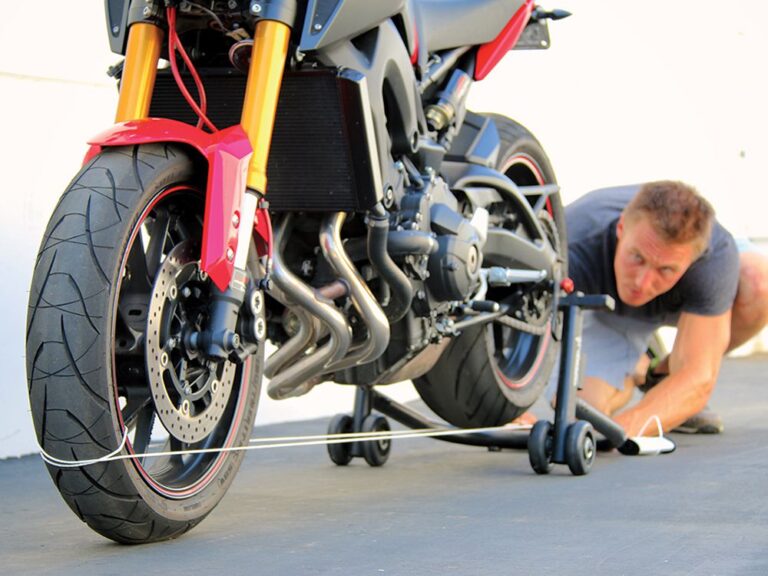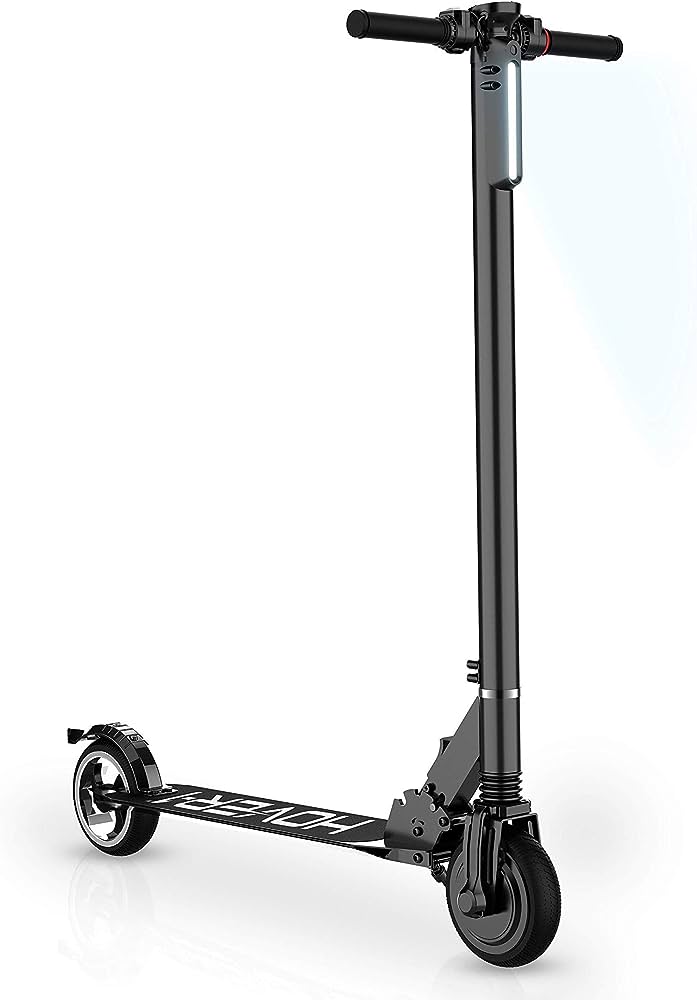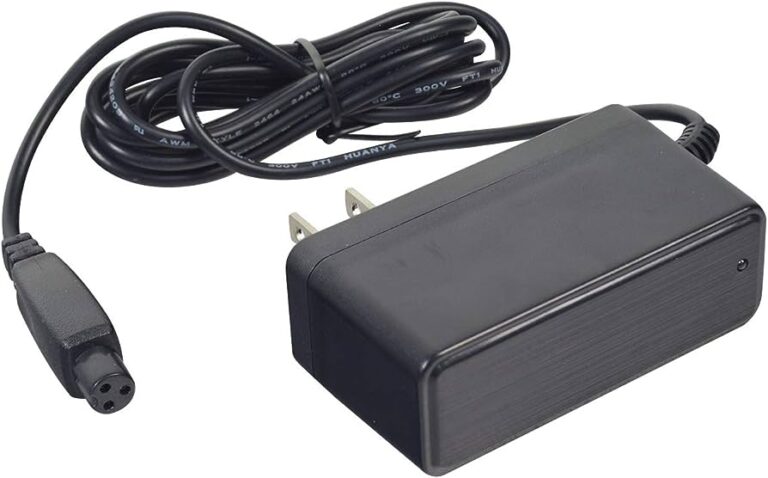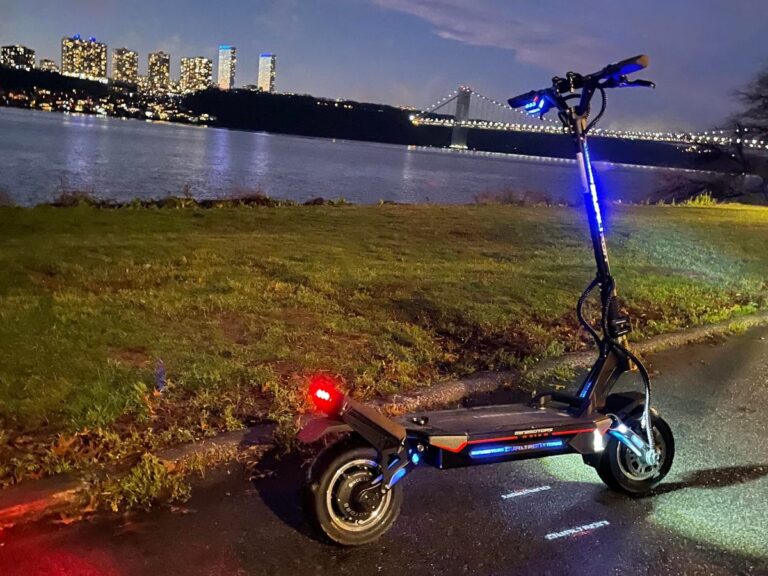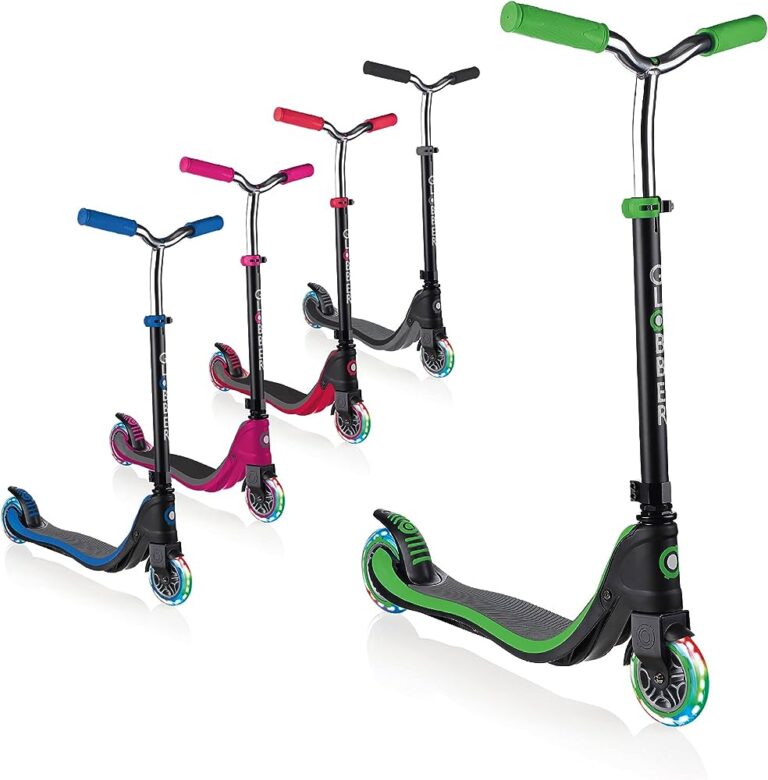Honda Scooter Not Starting: Troubleshooting Tips to Get You Back on the Road
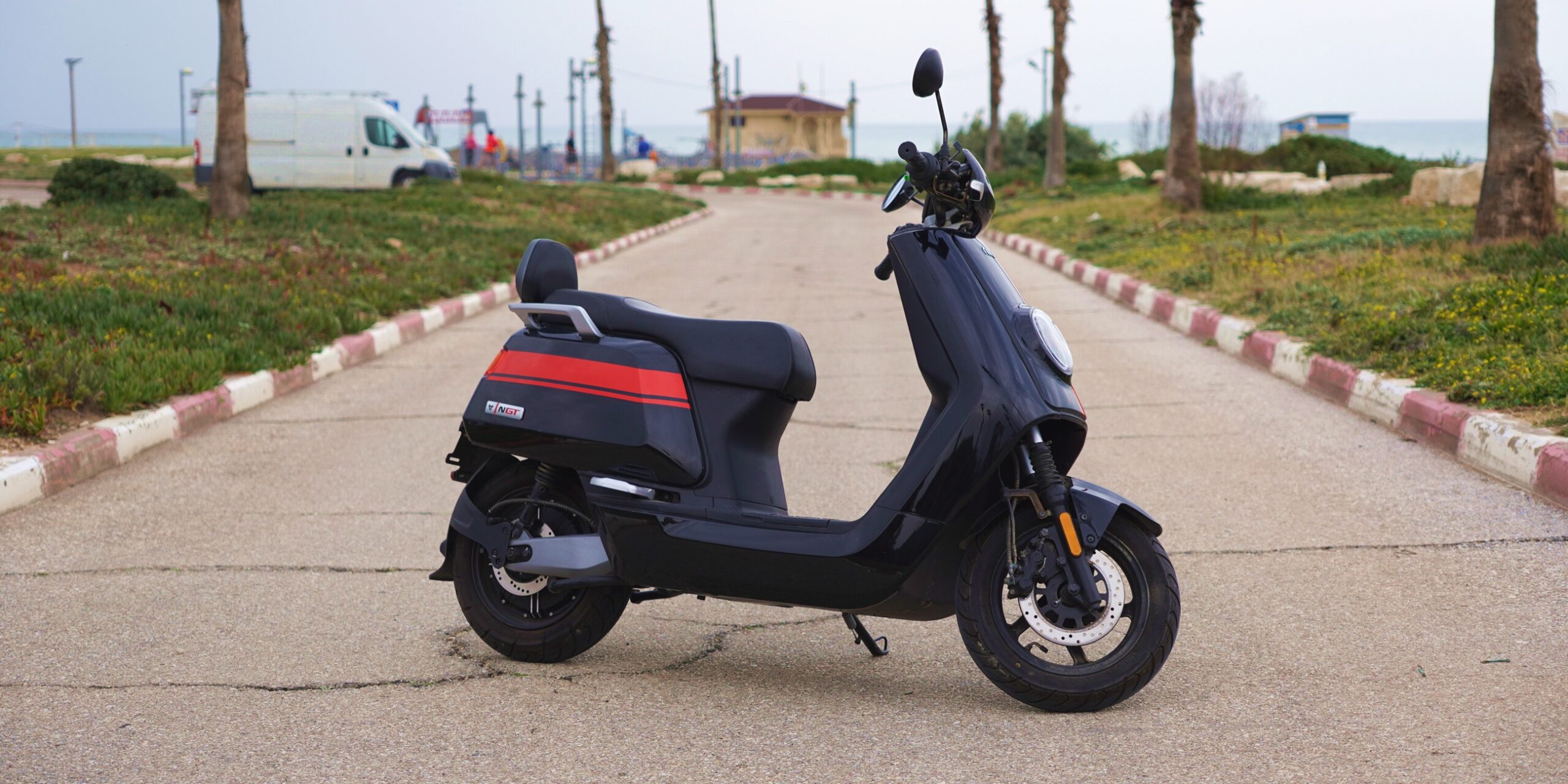
If your Honda scooter is not starting, it could be due to a variety of reasons, including a dead battery, faulty ignition switch, or fuel delivery issues. Troubleshooting these common issues can often resolve the problem and get your scooter running again.
Additionally, checking the spark plug, fuel filter, and carburetor can help identify the root cause of the starting problem.
Common Issues With Honda Scooter Starting
Having trouble starting your Honda scooter? Don’t worry, we’ve got you covered! Discover common issues that could be preventing your scooter from starting and find helpful solutions to get you back on the road in no time.
If you’re having trouble starting your Honda scooter, don’t worry, you’re not alone. There are a few common issues that can prevent your scooter from starting. In this section, we’ll explore some of these issues to help you troubleshoot the problem and get back on the road in no time.
Dead Battery
- If your Honda scooter is not starting, one of the first things to check is the battery. A dead or weak battery can prevent the scooter from starting.
- Check that the battery terminals are clean and free from corrosion.
- Ensure that the battery is properly connected and securely fastened in its place.
- If you have a multimeter, you can test the voltage of the battery to see if it is still holding a charge. A fully charged battery should read around 12.6 volts.
Faulty Ignition Switch
- Another common issue with Honda scooters not starting is a faulty ignition switch.
- Check if the ignition switch is in the correct position. Sometimes, it can get knocked out of position accidentally.
- Inspect the ignition switch for any signs of damage or wear. If it looks worn out or damaged, it might be the cause of the starting problem.
- Consider replacing the ignition switch if necessary.
Clogged Fuel Line
- A clogged fuel line can also prevent your Honda scooter from starting.
- Check that there is an adequate amount of fuel in the tank. If the tank is empty, fill it up and try starting the scooter again.
- Inspect the fuel line for any blockages or kinks. Remove any debris or obstructions that may be preventing fuel flow.
- If the fuel line appears damaged or old, it might be causing the clog. In this case, it’s recommended to replace the fuel line.
Remember, these are just a few common issues that can affect the starting of a Honda scooter. If you’re still experiencing difficulties after checking these factors, it may be necessary to consult a professional mechanic for further assistance.
1: Dead Battery
Experiencing trouble starting your Honda scooter? One common culprit could be a dead battery. Explore potential solutions to get your scooter up and running again.
Signs Of A Dead Battery
- If you turn the key in the ignition but there’s no response from the scooter, it could be a sign of a dead battery.
- You may notice dim or flickering lights on the dashboard, indicating a low battery charge.
- Attempting to start the scooter multiple times without success is a clear indication that the battery might be dead.
- In some cases, you may hear a clicking sound when trying to start the scooter, indicating a loss of power.
How To Check The Battery Voltage
- Use a multimeter set to voltage mode to check the battery’s voltage.
- Connect the positive (red) lead of the multimeter to the positive terminal of the battery and the negative (black) lead to the negative terminal.
- Read the voltage displayed on the multimeter. A healthy scooter battery should have a voltage reading between 12.6 to 13.8 volts.
Steps To Jumpstart The Scooter
- Connect the positive terminal of the working battery to the positive terminal of the scooter’s dead battery using a jumper cable.
- Attach the negative terminal of the working battery to an unpainted metal surface on the scooter.
- Start the scooter and let it run for a few minutes to charge the dead battery.
- Remove the jumper cables in reverse order: Negative from scooter, negative from working battery, positive from scooter, and positive from the working battery.
- Try starting the scooter. If it starts, you’ve successfully jumpstarted it.
Replacing The Battery
- Locate the battery on your scooter and disconnect the negative cable first, followed by the positive cable.
- Remove any clamps or brackets holding the battery in place.
- Take note of the battery’s specifications, such as voltage and amp-hours, and purchase a replacement battery with the same ratings.
- Install the new battery in the correct orientation, connecting the positive cable first, followed by the negative cable.
- Secure the battery with the clamps or brackets.
- Start the scooter to ensure the new battery is functioning properly.
Remember, a dead battery is a common issue that can be easily resolved by following these steps. In the unfortunate event that the problem persists, it may be necessary to seek professional assistance from a mechanic or authorized service center.
2: Faulty Ignition Switch
One possible response could be: A common issue with Honda scooters not starting is a faulty ignition switch. Make sure to check and replace the switch if necessary to get your scooter running smoothly again.
Symptoms Of A Faulty Ignition Switch:
- Engine not starting or turning over when the key is turned in the ignition.
- No response from the electrical systems when the key is in the on position.
- Inconsistent starting, where the scooter may start occasionally but fails to do so most of the time.
- Accessories, such as lights and indicators, not functioning properly or not working at all.
These symptoms indicate potential issues with the ignition switch of your Honda scooter. If you’re experiencing any of these problems, it’s essential to identify and address the faulty ignition switch promptly.
Testing The Ignition Switch:
To determine if the ignition switch is indeed faulty, follow these steps:
- Disconnect the battery to ensure safety during testing.
- Remove the ignition switch from the scooter.
- Use a multimeter to test the switch’s continuity and resistance.
- Follow the manufacturer’s guidelines to check if the switch is functioning within the specified range.
- If the continuity and resistance readings are outside the acceptable limits, it’s likely that your ignition switch is faulty and needs repair or replacement.
Repairing Or Replacing The Ignition Switch:
Once you have confirmed that the ignition switch is faulty, you have two options:
- Repairing: If the switch appears to be only slightly damaged or malfunctioning, attempting a repair might be a viable option. You can try cleaning the contacts, removing any debris, or adjusting the switch mechanism. Follow manufacturer guides or consult a professional mechanic for guidance.
- Replacing: If the ignition switch is severely damaged or repairing does not resolve the issue, replacing it is the most practical solution. Purchase a genuine replacement ignition switch from an authorized dealer or reputable retailer. Ensure that the replacement switch is compatible with your Honda scooter’s make and model.
Remember to follow the manufacturer’s instructions for installation when replacing the ignition switch. If you lack the necessary skills or tools, it is advisable to consult a professional mechanic for assistance.
3: Clogged Fuel Line
If your Honda scooter is not starting, a possible cause could be a clogged fuel line. This issue can prevent fuel from reaching the engine, resulting in a failure to start.
Indications Of A Clogged Fuel Line
- Difficulty starting the Honda scooter: If your Honda scooter is having trouble starting or takes longer than usual to start, it could be a sign of a clogged fuel line.
- Engine stalling: A clogged fuel line can cause the engine to stall while riding, leading to frequent disruptions and unsafe conditions.
- Poor acceleration: If you notice a lack of power or sluggish acceleration when you twist the throttle, it could be due to a clogged fuel line restricting the flow of fuel to the engine.
Inspecting The Fuel Line
To determine if a clogged fuel line is the culprit behind your Honda scooter’s starting issues, you can follow these steps to inspect the fuel line:
- Turn off the engine and locate the fuel line: The fuel line is usually connected to the engine and the fuel tank. Look for a rubber hose that carries fuel between these two components.
- Check for any visible signs of damage: Inspect the fuel line for cracks, leaks, or loose connections. Any damage or disconnections can cause fuel blockage or poor fuel delivery.
- Remove the fuel line: If you suspect a clog, disconnect the fuel line from the scooter’s carburetor or fuel injector.
- Inspect the fuel line for blockages: Examine the interior of the fuel line for any debris, sediment, or obstructions that could obstruct the fuel flow.
Clearing The Clog
If you confirm a clogged fuel line, follow these steps to clear the blockage:
- Clean the fuel line: Use a clean cloth or compressed air to remove any dirt, debris, or obstructions from the fuel line. Ensure that the interior is clear and free from any clogs.
- Check the fuel filter: If your Honda scooter has a fuel filter, inspect it for any signs of clogging and replace it if necessary. A clogged fuel filter can cause fuel flow issues and put strain on the fuel line.
- Reconnect the fuel line: Reattach the fuel line to the carburetor or fuel injector, making sure it is securely connected without any leaks.
- Test the scooter: Start the engine and test if the issue is resolved. If the scooter starts smoothly and runs without any stalling or power issues, the fuel line clog has likely been successfully cleared.
Regular Maintenance To Prevent Clogs
To prevent future fuel line clogs and ensure the smooth operation of your Honda scooter, consider these maintenance tips:
- Regularly inspect the fuel line for signs of damage, leaks, or loose connections.
- Clean or replace the fuel filter as recommended by the manufacturer to prevent debris from reaching the fuel line.
- Use high-quality fuel to reduce the presence of impurities and sediment that can cause clogs.
- Avoid letting your Honda scooter sit idle for extended periods without running the engine, as this can contribute to fuel line clogs.
- Schedule routine maintenance with a professional Honda technician to catch any potential issues before they escalate.
By following these steps and maintaining the fuel line, you can keep your Honda scooter running smoothly and prevent common starting issues caused by a clogged fuel line. Remember to stay proactive and address any signs of trouble promptly to avoid further complications.
Other Possible Causes And Solutions
The Honda scooter not starting could be caused by various factors, including a dead battery, faulty ignition switch, or clogged fuel filter. To fix the issue, you can try jump-starting the scooter, checking the ignition switch, or cleaning/replacing the fuel filter.
If you’re experiencing issues with your Honda scooter not starting, there could be several possible causes to consider. In this section, we will explore some other common culprits that could be preventing your scooter from starting up and provide potential solutions for each.
A Malfunctioning Starter Motor:
- The starter motor may be faulty, preventing it from turning over and starting the scooter.
- Check the starter motor wires for any loose connections.
- If the starter motor is not functioning properly, it may need to be replaced or repaired by a professional technician.
Spark Plug Issues:
- A faulty or worn-out spark plug can inhibit the ignition process and prevent your scooter from starting.
- Inspect the spark plug for any signs of damage, such as worn electrodes or excessive carbon buildup.
- If necessary, clean or replace the spark plug as recommended by your scooter’s manufacturer.
Fuel Pump Problems:
- A malfunctioning fuel pump can hinder the flow of fuel to the engine, leading to starting issues.
- Check if there is sufficient fuel in the tank and ensure that the fuel lines are not clogged or damaged.
- If the fuel pump is not functioning correctly, it may need to be repaired or replaced by a qualified mechanic.
When troubleshooting these issues, it’s essential to keep the following tips in mind:
- Double-check that the scooter has fuel in the tank and that it is of the correct type as specified by the manufacturer.
- Ensure that the battery is fully charged, as a weak battery can affect the scooter’s starting ability.
- Examine all electrical connections for any signs of corrosion or loose connections. Properly secure any loose connections or clean corrosion with a wire brush.
- Refer to the scooter’s manual for specific troubleshooting steps and recommended solutions for your particular model.
- If all else fails, consider seeking assistance from a professional mechanic with experience in working on Honda scooters.
By addressing these potential causes and following the troubleshooting tips, you should be able to diagnose and resolve the issues preventing your Honda scooter from starting.
Diy Maintenance Tips To Prevent Starting Problems
To prevent starting problems with your Honda scooter, here are some helpful DIY maintenance tips. Regularly check the spark plug, fuel system, battery, and carburetor for any issues. Keep the scooter clean and well-maintained to ensure smooth starting every time.
Is your Honda scooter refusing to start? Don’t worry, we’ve got you covered! By following these simple DIY maintenance tips, you can prevent starting problems and keep your scooter running smoothly. Read on to find out how.
Regular Battery Checks And Maintenance:
- Inspect the battery terminals for any signs of corrosion and clean them using a wire brush.
- Ensure the battery is securely connected and free from any loose connections.
- Check the battery voltage using a multimeter; it should read between 12.4V and 12.8V.
- If the battery is older than 2-3 years, consider replacing it to avoid starting issues.
- Keep the battery clean and dry to prevent moisture-related problems.
Keeping The Ignition Switch Clean:
- Use a compressed air can to blow away any dirt or debris around the ignition switch.
- Apply a small amount of electrical contact cleaner onto a lint-free cloth and gently wipe the switch.
- Make sure the switch moves freely without any resistance.
- Lubricate the switch using a silicone-based lubricant to prevent it from sticking.
Fuel System Maintenance:
- Ensure the fuel tank is clean and free from debris. If necessary, remove any dirt or rust using a fuel tank cleaner.
- Regularly change the fuel filter to prevent clogging and fuel flow issues.
- Use a fuel stabilizer if your scooter will be unused for an extended period to prevent fuel deterioration.
- Check the fuel lines for any leaks or signs of damage and replace if necessary.
- Clean the carburetor or fuel injector periodically to ensure proper fuel delivery.
Spark Plug Maintenance:
- Inspect the spark plug for any signs of wear, such as excessive carbon buildup or electrode erosion.
- If the spark plug is dirty, clean it using a wire brush or replace it if necessary.
- Check the spark plug gap using a gap tool and adjust it to the manufacturer’s specifications.
- Use a high-quality spark plug that is recommended for your Honda scooter model.
- Ensure the spark plug is securely tightened but avoid overtightening.
By following these DIY maintenance tips, you can significantly reduce the chances of your Honda scooter experiencing starting problems. Remember to perform regular checks and maintenance to keep your scooter in top condition. Happy riding!
When To Seek Professional Help
If your Honda scooter is having trouble starting, it may be time to seek professional help. Expert technicians can diagnose and fix any issues, ensuring that your scooter gets back on the road in no time. Don’t let a non-starting scooter hold you back; get it checked out by a professional.
When it comes to your Honda scooter not starting, it can be frustrating and inconvenient. While some issues can be resolved with a few troubleshooting steps, there are times when seeking professional help is necessary. In this section, we will explore the signs that indicate you need a mechanic’s assistance, how to find a reliable Honda scooter mechanic, and questions to ask them before hiring their services.
Signs That Indicate You Need A Mechanic’S Assistance:
- Continuous starting issues despite trying basic troubleshooting steps.
- Unusual sounds or vibrations when attempting to start the scooter.
- Difficulty starting the scooter after it has been sitting for a while.
- Lack of response when the starter button is pressed.
- Visible damage or wear on electrical components that may require professional expertise to fix.
How To Find A Reliable Honda Scooter Mechanic:
- Ask for recommendations from friends, family, or fellow scooter owners.
- Check online reviews and ratings of local Honda scooter mechanics.
- Visit Honda dealership websites and look for certified mechanics specializing in scooters.
- Contact local scooter clubs or enthusiast groups for recommendations.
- Inquire at other motorcycle or scooter repair shops for suggestions.
Questions To Ask A Mechanic Before Hiring Them:
- Are you experienced with Honda scooters? It’s important to find a mechanic who is knowledgeable about the specific make and model of your scooter.
- What certifications or training do you have? Look for mechanics who have completed relevant courses or have certifications that demonstrate their expertise.
- What is your estimate for the repair? While cost should not be the sole factor in your decision, comparing estimates can help you make an informed choice.
- How long will the repairs take? Understanding the timeline can help you plan accordingly and manage your expectations.
- Do you offer any warranty or guarantee on your work? A reliable mechanic should stand behind their repairs and provide some form of warranty.
Remember, seeking professional help when your Honda scooter is not starting may save you time, money, and further damage to your scooter. By following these guidelines, you can find a trustworthy mechanic who can diagnose and fix the issue, getting you back on the road in no time.

Credit: www.denniskirk.com
Frequently Asked Questions For Honda Scooter Not Starting
What Should I Do When My Scooter Is Not Starting?
To troubleshoot a non-starting scooter, follow these steps: 1. Check the fuel levels, ensure there’s enough gas in the tank. 2. Examine the spark plug, clean or replace it if necessary. 3. Inspect the battery, ensure it’s charged and connected properly.
4. Verify the ignition switch is in the correct position and try kick-starting it. Remember, regular maintenance and consulting a professional can help diagnose and fix complex issues.
How Do You Start A Scooter That Has Been Sitting?
To start a scooter that has been sitting, follow these steps: 1. Check the fuel level and fill up if necessary. 2. Inspect the battery, ensuring it’s fully charged. 3. Turn the ignition key to the ON position. 4. Pull the scooter’s throttle while pressing the starter button to crank the engine.
Why Does My Moped Not Start Sometimes?
Sometimes a moped won’t start due to issues with the fuel, spark plug, battery or ignition.
How Do You Start A Honda Scooter?
To start a Honda scooter, simply insert the key, turn it on, and kick-start the engine.
Conclusion
Based on the troubleshooting steps provided in this blog post, you should now have a better understanding of why your Honda scooter isn’t starting and what steps you can take to potentially resolve the issue. Remember to always start with the basics, such as checking the battery and fuel levels, before moving on to more complex solutions like inspecting the spark plug or carburetor.
It’s important to carefully follow the instructions and safety precautions outlined in your scooter’s manual. If you’re uncomfortable attempting any of these steps on your own, it’s always a good idea to consult a professional mechanic or bring your scooter to a reputable service center.
By addressing the problem proactively and prioritizing regular maintenance, you can ensure that your Honda scooter remains in excellent condition and provides reliable transportation for your daily needs.

